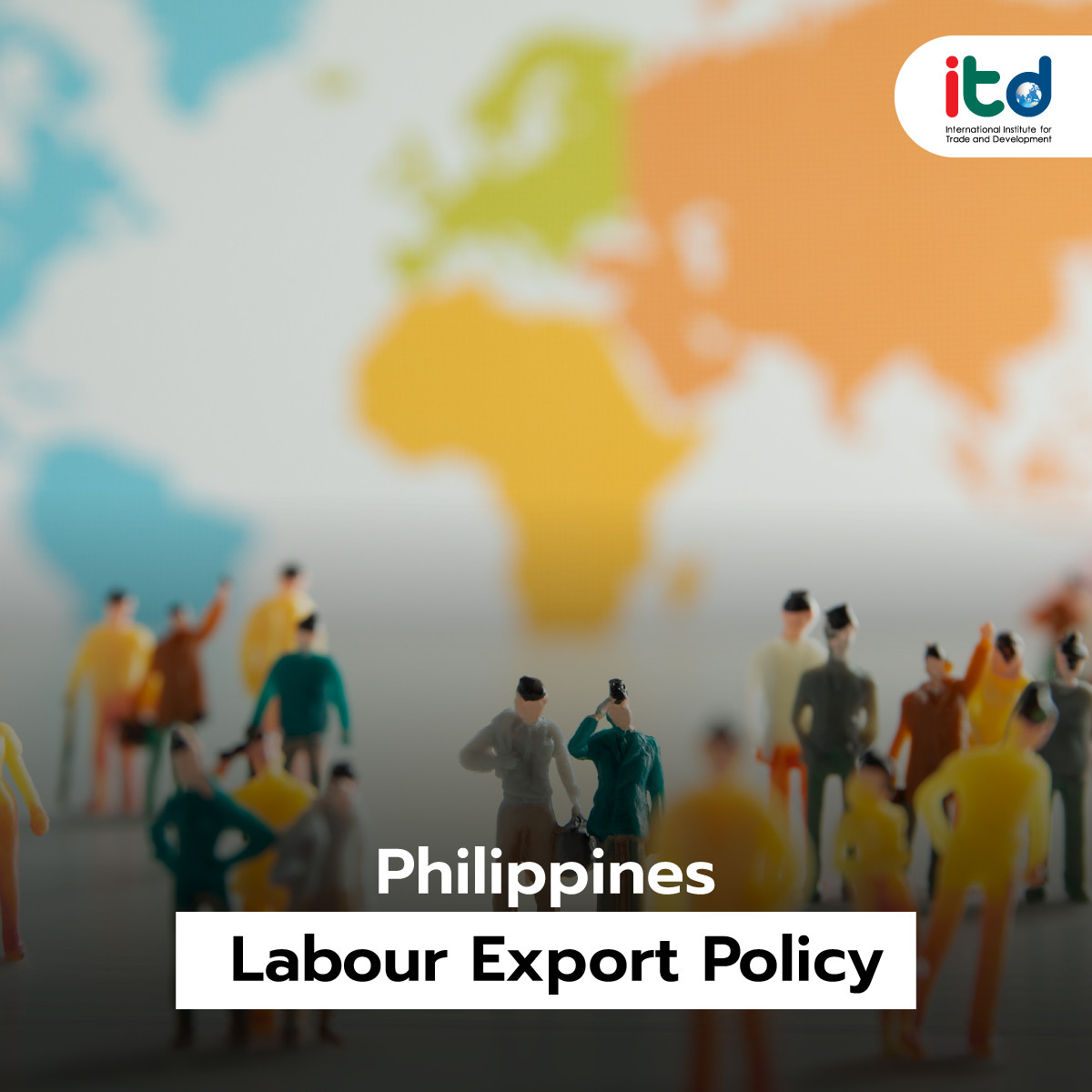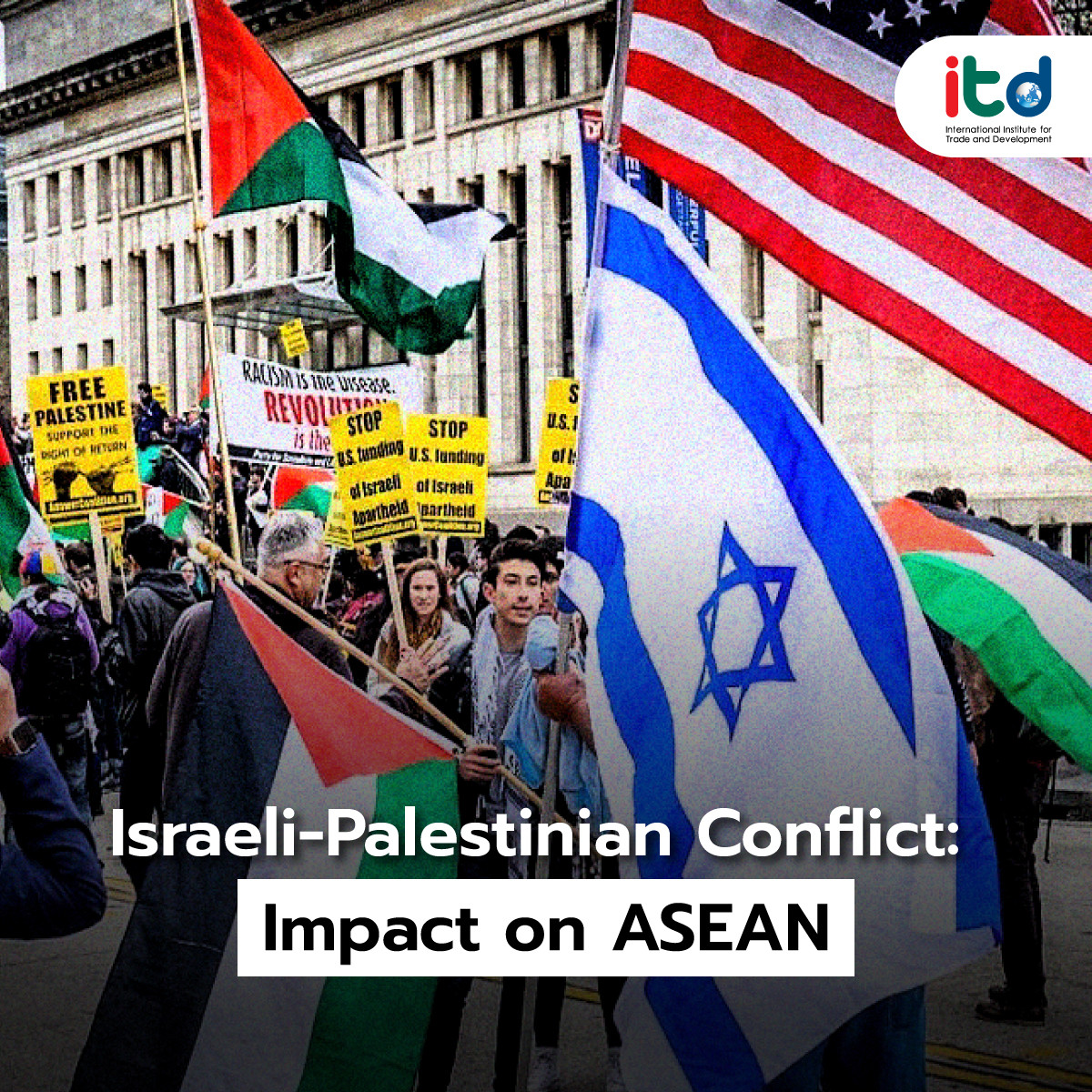About Documents
The Philippines has a rich history of implementing labour export policies, with current data from the International Labour Organization (ILO) indicating the presence of nearly 10 million overseas Filipino workers (OFWs) across various countries globally. Undoubtedly, the migration of Filipino labour significantly contributes to the economies of both destination and origin nations.
As of 2022, remittances sent home by Filipinos accounted for a substantial 8.9% of the Philippines’ GDP, underscoring the economic impact of this global workforce. As the Philippines approaches the 50th anniversary of the labour code in 2024, marking the inception of the state’s labour export program, it is crucial to assess whether this policy remains an opportunity or poses challenges for the future economic growth of the nation.
While OFWs remittances have statistically boosted the economy, concerns arise regarding the annual exodus of over 1 million Filipinos seeking work abroad. Notably, there is a labour shortage in the Philippines, particularly in STEM sectors, sparking a debate on the extent to which reliance on remittances truly benefits the country’s economic development. Additionally, the mass migration of the working-age population poses a risk, as it represents a loss of human capital that could otherwise contribute to domestic economic upliftment.
Theoretically, labour migration can foster skill development and technological exchange, enhancing migrants’ skills and overall quality of life and benefiting the home country’s economy. However, practical challenges include skill mismatches, where professionals like doctors may find themselves working as nurses abroad, and degree holders may end up in unskilled jobs. Moreover, many OFWs are employed in industries that do not demand high skills, limiting their opportunities for skill enhancement.
Another significant challenge lies in the social impact of labour migration. Filipino families often experience a skipped-generation dynamic or a lack of working-age individuals at home. Recent research from the Philippines Central Bank indicates that the migration of OFWs negatively affects family members, particularly school-age children.
Recent global events, such as the COVID-19 pandemic and the Israel-Palestine conflict, have underscored the vulnerability of the Philippines’ economic reliance on OFWs. Such international phenomena present challenges for the Philippine government in safeguarding its population.
In summary, while the labour export policy serves as an effective temporary measure to address labour market oversupply, its continuous implementation may impact the internal economic structure, especially with the dwindling working-age population in the home country. Consequently, a critical question for the Philippines is how to strike a balance between labour export and attracting workers to develop domestic economic potential. This necessitates a thoughtful reassessment of the long-term implications of the labour export program on both the economic and social fabric of the nation.
Author:
Mr. Bhuchis Phoompakvan
Researcher
International Institute for Trade and Development (Public Organization)
www.itd.or.th
Publication: Bangkok BIZ Newspaper
Section: First Section/World Beat
Volume: 37 Issue:12536
Date: Wednesday, December 20, 2023
Page: 8 (left)
Column: “Asean Insight”





